In recent years, Ford has invested heavily in electrification, all with the expectation that consumers would gravitate toward those types of vehicles quickly. However, in more recent times, demand for EVs has slowed to the point where Ford – and its peers – are being forced to roll back some of those expansion plans and investments. Trouble is, Ford currently has more than one EV and/or EV battery plant under construction and won’t be needing all of the capacity each offers, though it seems as if The Blue Oval has a bit of a backup plan.
In a recent interview with Bloomberg Television, Farley said “we’re looking to repurpose our unused battery plant assets and more to come on that.” The exec didn’t provide any additional details about what it plans to do with the unused space at those plants, but we have seen a few hints over the past few weeks that could very well preview changes Ford has in store for the near future.
The joint-venture BlueOval SK Battery Park site in Kentucky was originally slated to have two operational plants on its sprawling campus, which would employ 5,000 people. However, amid slower than expected demand for EVs, Ford and SK On opted to only utilize one of those plants and hire 2,500 workers in the interim. As such, the joint-venture recently reached a deal with Nissan that will result in that Japanese automaker using part of the facility to build batteries for its own EVs, too.
It’s also possible that Ford may utilize some of its future EV battery production to build units for energy storage purposes, since demand for such things is increasing as of late given the large amount of power needed for artificial intelligence software. Farley recently admitted that The Blue Oval may get into the energy storage business, in fact, just around the same time that Ford rival General Motors signed a deal with Redwood Materials to fast-track the development of a large-scale energy storage system, which will utilize the automaker’s existing battery technology.

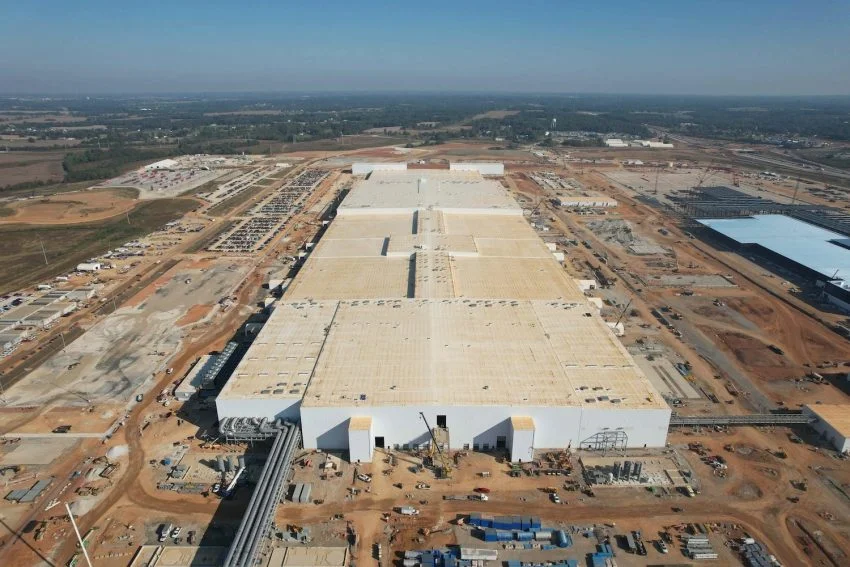

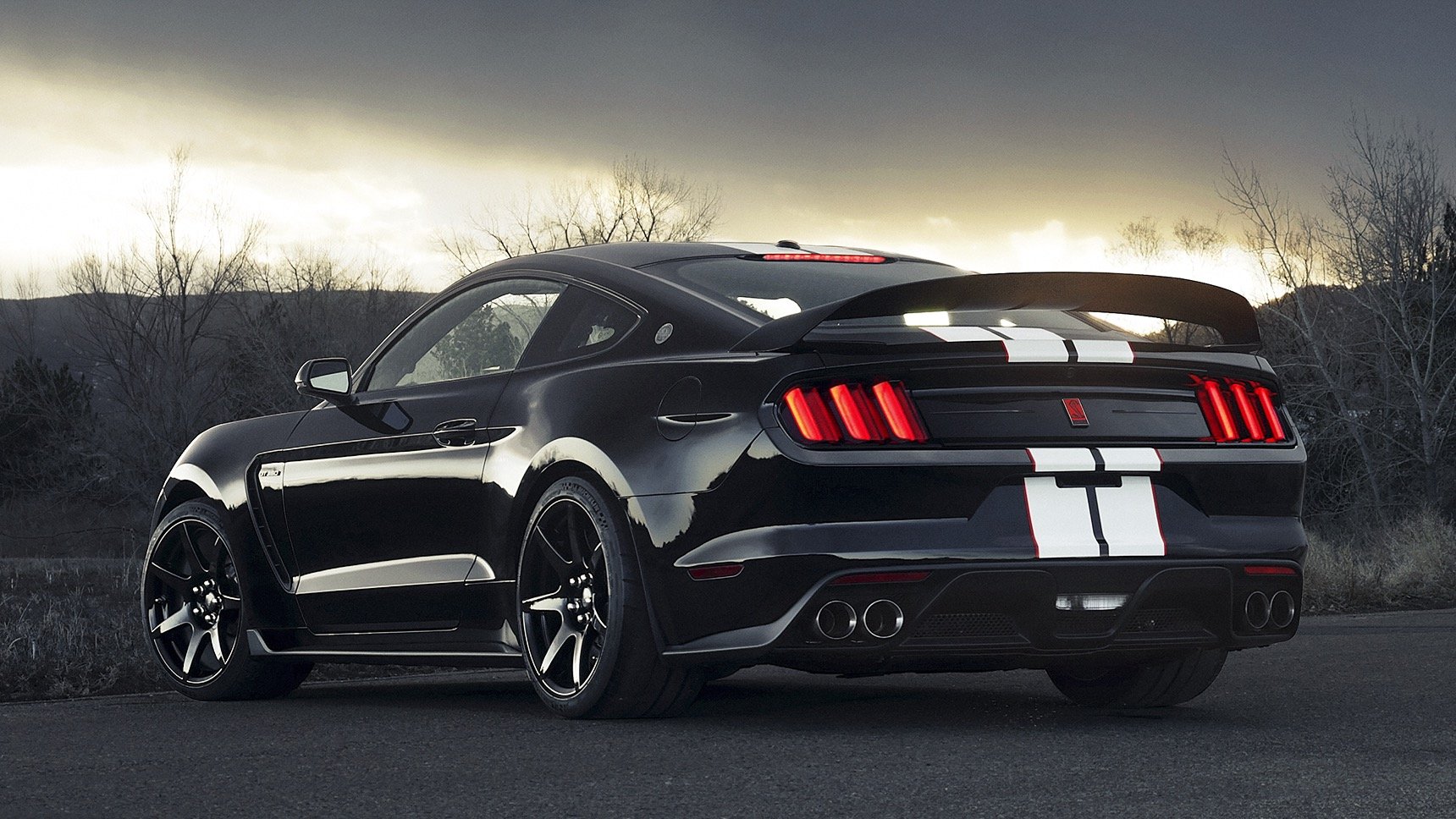
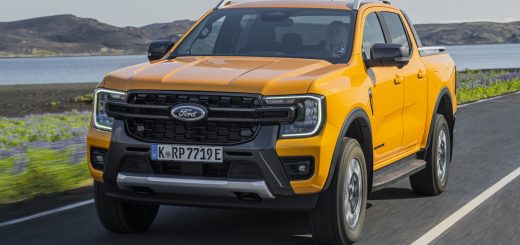
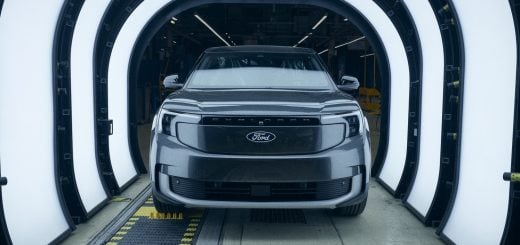
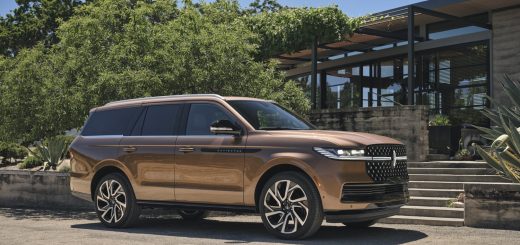
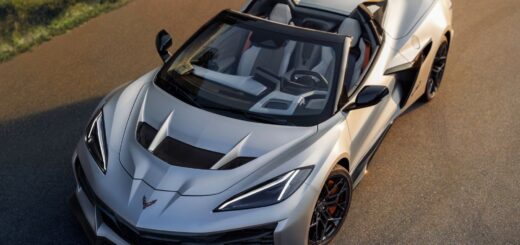
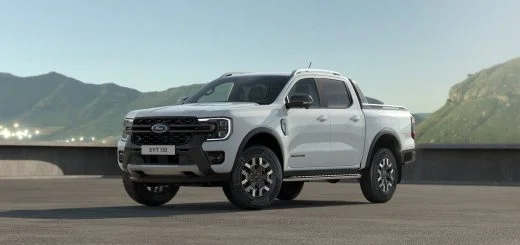
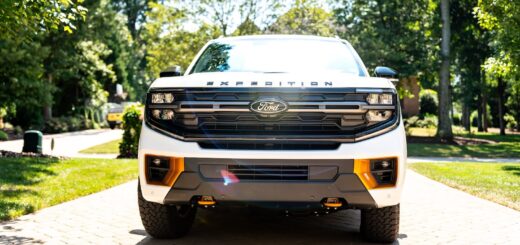
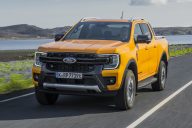


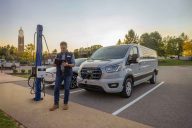

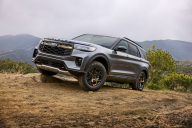
Comments
A few years ago when Ford was getting blasted by Wall Street for not being Tesla, they hit the $11 billion panic button to announce EVs for all and multiple battery plants. They also abandoned ICE vehicle development and fired a lot of “obsolete” engineers in the process.
Meanwhile, Toyota looked at the same landscape and decided gas and diesel vehicles weren’t going anywhere while they cautiously developed an EV strategy. Farley is a Toyota veteran, but he didn’t absorb their decision-making process.
Perhaps that’s why he’s no longer at Toyota.